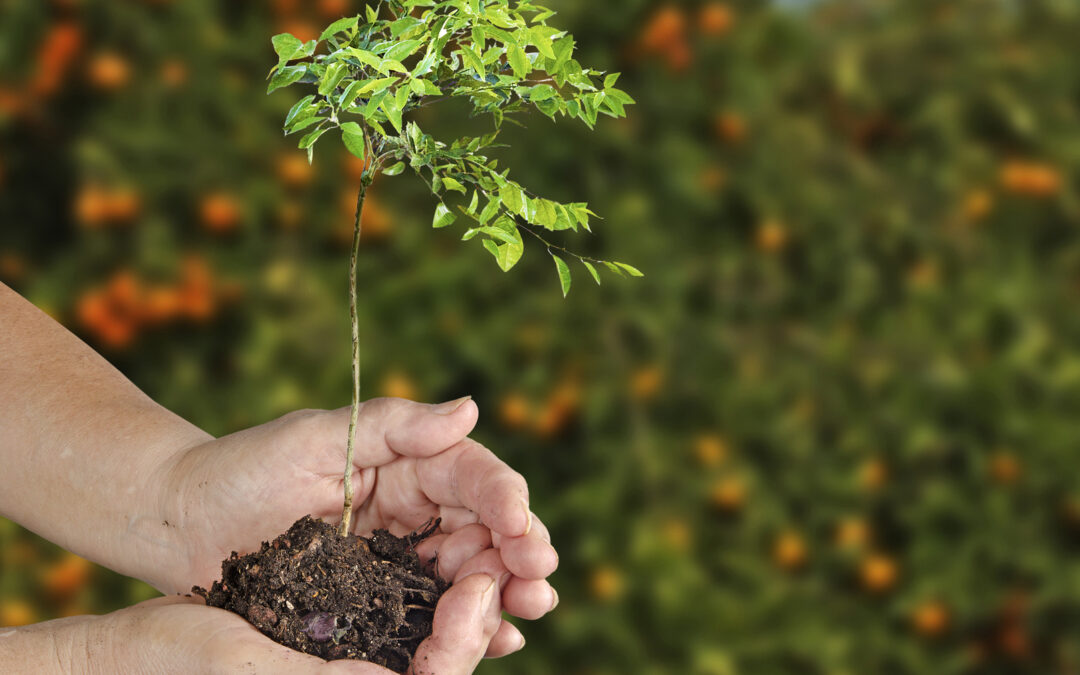What Is It? How Is It Celebrated?
According to the Torah, the eleventh month of the Hebrew year is known as Shevat. Though it may not be as well known as some of the other months in the Jewish calendar, it is an important time within the Jewish faith. Shevat is believed to be the month that Moses prepared for his death, as recorded in the book of Deuteronomy. Moses spent the month of Shevat translating the Torah into all the major languages then spoken. It is also the time of the Tu B’Shevat, the Jewish “New Year of the Trees.”
What Is Tu B’Shevat?
Tu B’Shevat is a Jewish holiday that starts on the 15th day of the month of Shevat. It’s also known as “Rosh HaShanah La’llanot,” translated as the “New Year of the Trees.” Jewish scholars believe that the origin of the name and date comes from the Hebrew letters Tet and Vav, which have numerical values of 9 and 6, respectively (adding up to 15).
Tu B’Shevat has long considered one of the four new years of the Jewish calendar, along with:
- Nissan—the new year for kings and festivals
- Elul—the new year of the biblical tithe of cattle
- Tishrei—the new year for the biblical tithe of vegetables (also for jubilees and planting)
For those in the Jewish faith who observe the practices associated with Tu B’Shevat, the 15th day of the month serves as a cut-off date for the year to which a tithe belongs.
How Has Tu B’Shevat Been Celebrated?
Throughout most of history, Tu B’Shevat has been celebrated with a feast of fruits. Approximately 500 years ago, some traditions within the Jewish faith began the practice of having a Tu B’Shevat seder, during which participants ate 10 different kinds of fruit and consumed four cups of wine while reciting certain blessings. It was believed that doing so would bring both the world, and mankind, closer to spiritual perfection. The Tu B’Shevat seder has reemerged in some communities in Israel.
In the 21st century, Tu B’Shevat focuses on ecological and environmental awareness, and is commonly referred to in the press as “Arbor Day.” It has become common practice for members of the Jewish faith to plant trees on Tu B’Shevat. Some estimates suggest the more than a million trees are planted every year on Tu B’Shevat by Jewish groups around the world.
Other Customs Associated with Tu B’Shevat
Jewish communities around the world have developed some of their own unique practices to celebrate the “new year of the trees”:
- Many celebrants eat fruits commonly associated with the land of Israel, such as pomegranates, figs, grapes, dates or olives. A blessing is also recited while consuming the fruit.
- Another practice encourages celebrants to find and eat at least one fruit they have not had during the agricultural season
- Some traditions eat carob on Tu B’Shevat
- Other traditions indulge in Etrog, a kind of candied or sugared fruit slice
Gutterman’s—Meeting the Needs of the Jewish Community for Five Generations
At Gutterman’s, with funeral chapels in New York and Florida, we bring more than 125 years of compassion and understanding to members of the Jewish faith who have lost a loved one. We understand the different traditions within Judaism, and can help you take care of every detail after the death of a family member or loved one. We will work with the Chevra Kadisha to prepare the body, help you plan the memorial service, handle arrangements for Shiva, assist you with the selection of a monument or marker, and even help you create a Yahrzeit calendar.
Let us help in your time of loss. To learn more about the services we provide, call us at one of the numbers below. Our funeral chapels are open, so we are happy to meet with you in person, but we are also happy to consult with you by phone, text message or videoconferencing. Our phones are answered 24 hours a day, 7 days a week.

